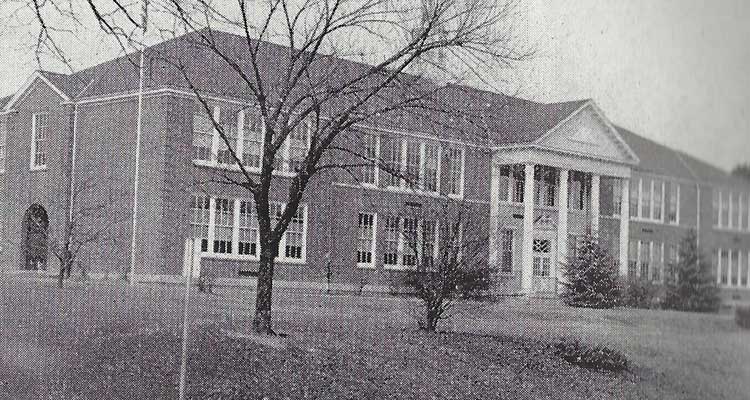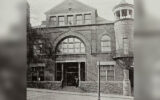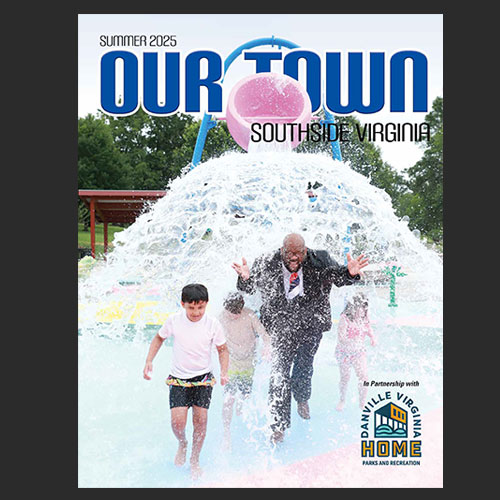In the United States, there is one holiday that has been both loved and reviled since
its inception: Valentine’s Day. Romantic, materialistic, surprising, or passionate; we
will not weigh in on this debate. But for those who aren’t enamored, we
want to point out a silver lining to this day.
It is somewhat refreshing, in this digital age, to have one month during the year
when children eagerly write handwritten cards.
Hey, we’re a historical society. Handwritten letters are our stock in trade.
At my daughter’s school, Forest Hills Elementary, I often ponder how many children
have written and exchanged valentines in this school since 1935. I also
wonder if Danvillians know how important the school was to the survival of our
town. As the oldest continuously used school in the public school system, it is
arguably outdated, but still as beautiful as when it was first built.
In the early 30s, depression gripped Danville and the rest of the nation. Despite our
local mills, many depended on the construction industry, both in the building
and in selling the raw materials used. With unemployment rising by the second,
Danville received a lifeline through the Public Works Administration, a New Deal
federal agency from 1933 to 1939.
Danville applied for and received funding for two high schools. One was to be in the
on Howeland Circle (later moved to Mountain View and changed to elementary), and
one on Gay Street (this building became the original Langston school, which no
longer stands.)
Thousands of locals were hired, and the schools were a saving grace for local families
because the construction took time, and time meant another paycheck. With Forest
Hills, hundreds of construction workers laid brick, mixed concrete, and erected
pillars. With every piece, it’s easy to imagine them installed with a certain amount of
emotion. Gratitude for the paycheck, love for the family they could feed, relief and
hope became part of the structure.
You see, Forest Hills isn’t just a school, it’s a place that saved a community. And so
having generations of children write all those valentines seems appropriate for a
building that was created with so many emotions.
Now if they could only write them in cursive.
Change is inevitable, but it’s important to keep these visual reminders of our past. Knowledge of our history can help us to see our future through a different lens. The next time you pass by a seemingly ordinary street, take a moment to pause and ponder what really could have happened there, and if it changes the story of Danville as you know it.









